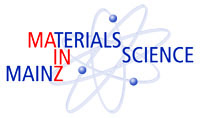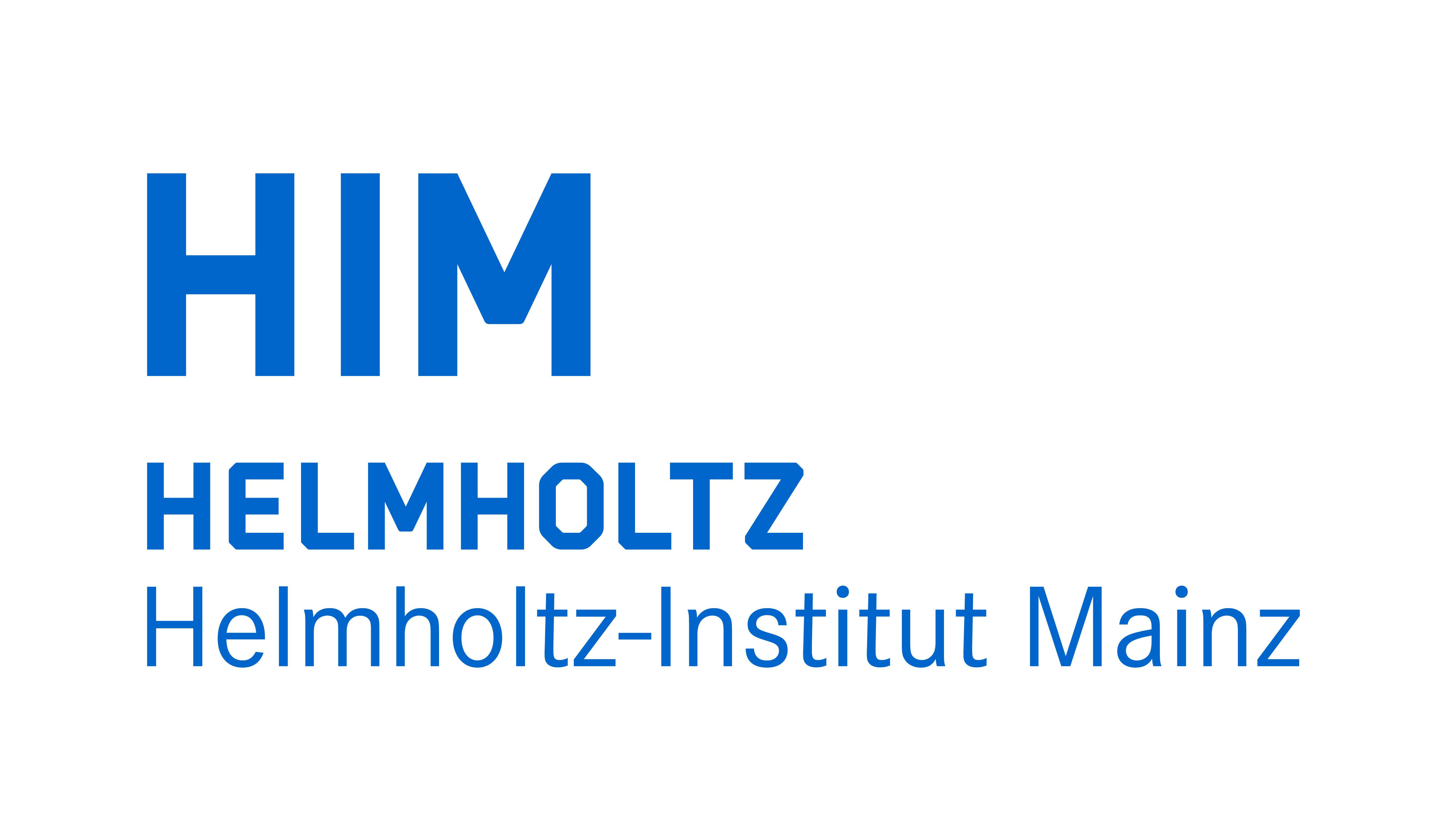


Physikalisches Kolloquium
May 19, 2015 at
4 p.m. c.t.
in
HS KPH
Prof. Dr. Alfons Weber
Institut für Physik
a.weber@uni-mainz.de
Prof. Dr. Hartmut Wittig
Institut für Kernphysik
hartmut.wittig@uni-mainz.de
Ice Crystal Nucleation and Growth
Prof. Dr. Thomas Koop (Universität Bielefeld)
Ice crystal formation via nucleation and growth is of fundamental importance in environmental systems, for example, in cloud formation processes of Earth’s atmosphere and in cryobiological processes occurring in living organisms at subfreezing temperatures. In the atmosphere, ice nucleation is the rate-limiting step for ice crystal formation. For example, homogeneous ice nucleation in water and aqueous solutions occurs in some deep-convective clouds and cirrus clouds. However, in many cases, heterogeneous ice nucleation is the dominant ice nucleation pathway, e.g. in mixed-phase clouds. I will show various experimental data and model simulations of homogeneous and heterogeneous ice nucleation processes as well as their interpretation. In the biosphere, crystal growth can also become the rate-limiting process for ice formation. With some insects and fishes, antifreeze proteins inhibit ice crystal growth in their body fluids through an adsorption-inhibition process. I will show how a kinetic analysis of the Ostwald ripening of polycrystalline ice in aqueous solutions can be used to compare and classify the efficacy of different natural antifreeze proteins and some of their synthetic analogues.